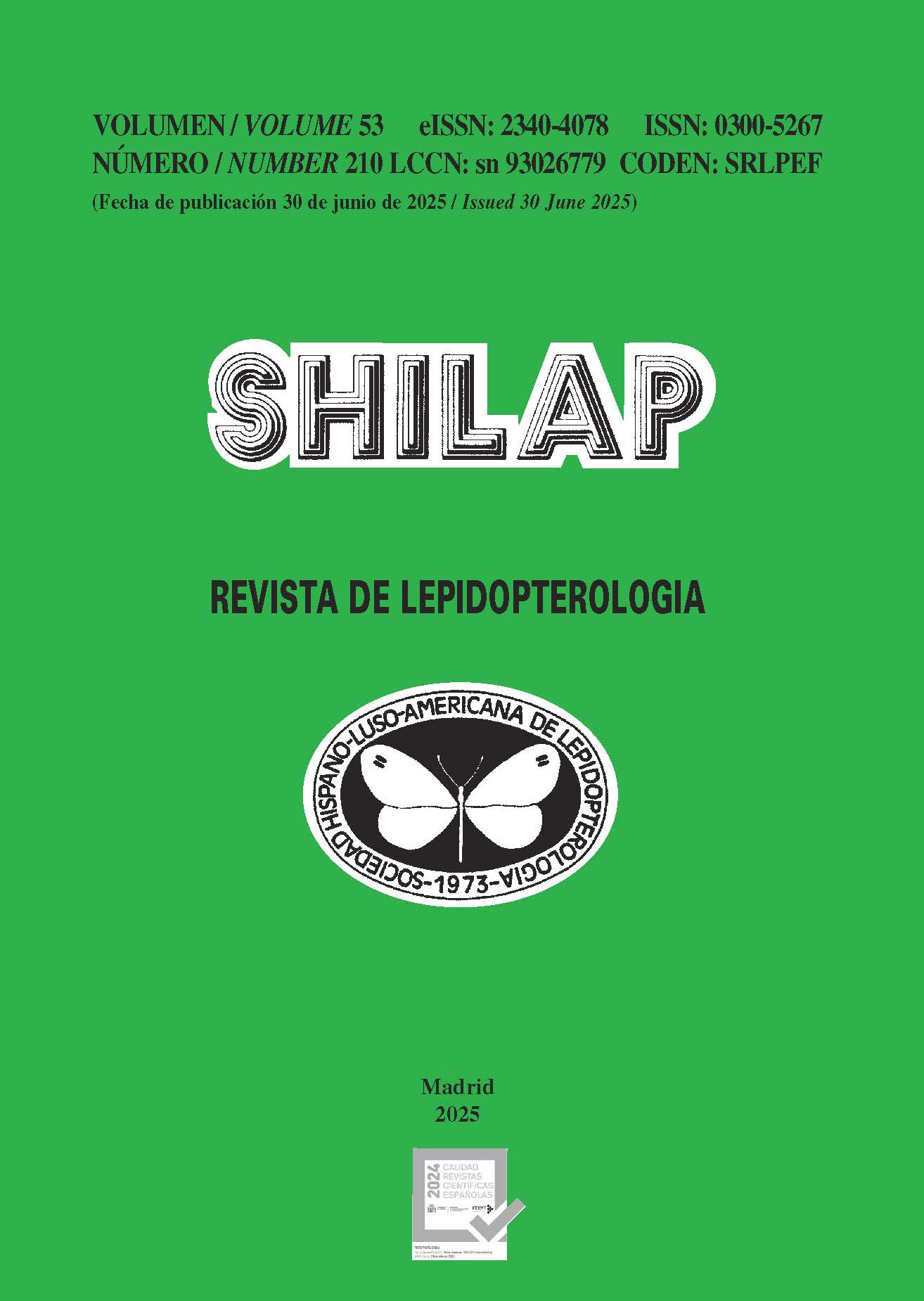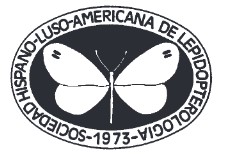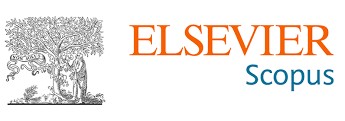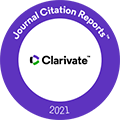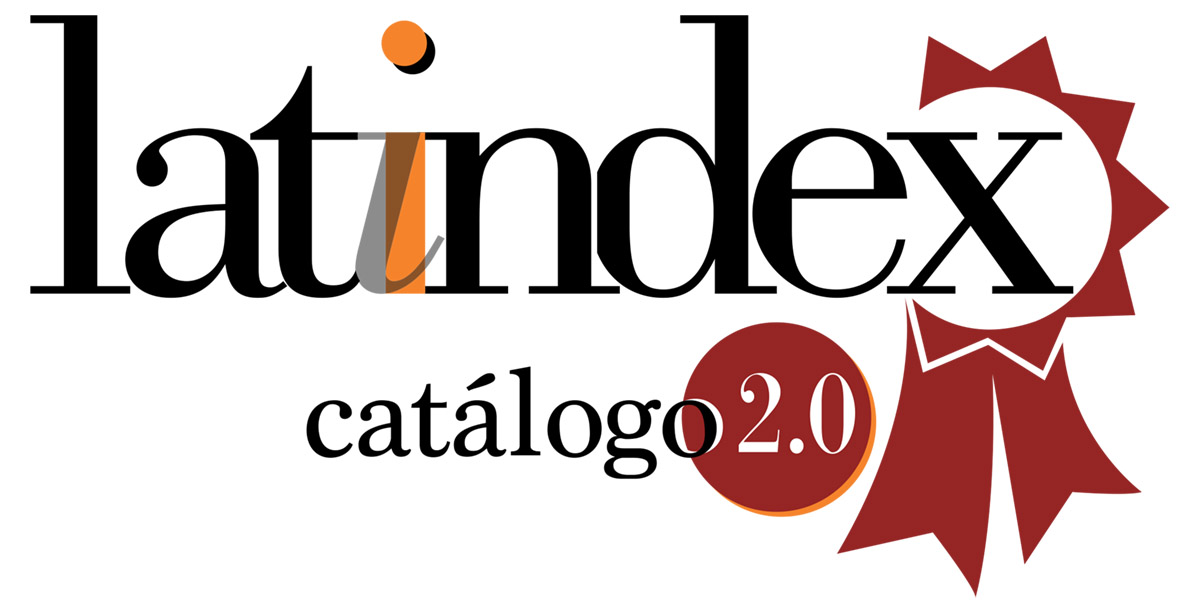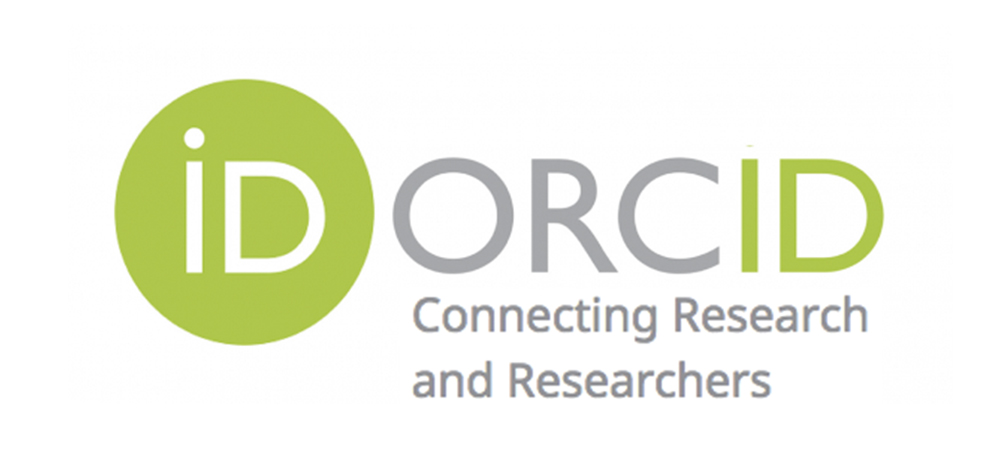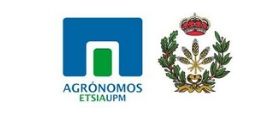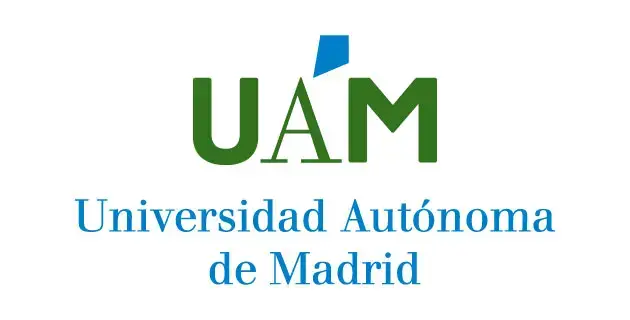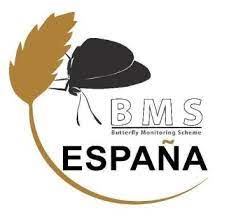Phylogeography and genetic relationship within Erebia neriene (Böber, 1890) in eastern Asia inferred from mitochondrial DNA sequences (Lepidoptera: Nymphalidae)
DOI:
https://doi.org/10.57065/shilap.1059Schlagworte:
Lepidoptera, Nymphalidae, Erebia, COI, gene flow, glaciation, long-distance migration, ND5, AsiaAbstract
Little is known about the genetic relationships within Erebia neriene (Böber, 1890) complexes inhabiting areas outside the Japanese Archipelago. In this study, we investigated genetic variations in E. neriene individuals collected from eastern Asia using mitochondrial sequences to reveal the phylogeny and genetic relationships among E. neriene complexes inhabiting areas outside the Japanese Archipelago. This study revealed greater genetic differentiation and a clear genetic structure among E. neriene neriene and E. neriene scoparia (Butler, 1882) populations. This is the first population genetics study of these subspecies.
Downloads
Globale Statistiken ℹ️
|
741
Aufrufe
|
120
Downloads
|
|
861
Gesamt
|
|
Literaturhinweise
Benjamini, Y., & Yekutieli, D. (2001). The control of the false discovery rate in multiple testing under dependency. Annals of Statistics, 29(4), 1165-1188. https://doi.org/10.1214/aos/1013699998 DOI: https://doi.org/10.1214/aos/1013699998
Bromilow, S. M., & Sperling, F. A. H. (2011). Phylogeographic signal variation in mitochondrial DNA among geographically isolated grassland butterflies. Journal of Biogeography, 38(2), 299-310. https://doi.org/10.1111/j.1365-2699.2010.02398.x DOI: https://doi.org/10.1111/j.1365-2699.2010.02398.x
Excoffier, L., & Lischer, H. E. L. (2010). Arlequin suite ver 3.5: a new series of programs to perform population genetics analyses under Linux and Windows. Molecular Ecology Resources, 10(3), 564-567. https://doi.org/10.1111/j.1755-0998.2010.02847.x PMid:21565059 DOI: https://doi.org/10.1111/j.1755-0998.2010.02847.x
Frenzel, B. (1968). The pleistocene vegetation of Northern Eurasia. Science, 161(3842), 637-649. https://doi.org/10.1126/science.161.3842.637 PMid:17801456 DOI: https://doi.org/10.1126/science.161.3842.637
Honda, K., Honda, Y., Matsumoto, J., Tsuruta, Y., Yagi, W., Ômura, H.. & Honda, H. (2016). Production and sex-pheromonal activity of alkaloid-derived androconial compounds in the danaine butterfly, Parantica sita (Lepidoptera: Nymphalidae: Danainae). Biological Journal of the Linnean Society, 119(4), 1036-1059. https://doi.org/10.1111/bij.12823 DOI: https://doi.org/10.1111/bij.12823
Inomata, T., Uémura, Y., Yago M., Jinbo, U., & Ueda, K. (2010-2013). The current checklist of Japanese butterlies. http://binran.lepimages.jp/. (in Japanese)
Michalakis, Y., & Excoffier, L. (1996). A generic estimation of population subdivision using distances between alleles with special refernce for microsatellite loci. Genetics, 142(3), 1061-1064. https://doi.org/10.1093/genetics/142.3.1061 PMid:8849912 PMCid:PMC1207006 DOI: https://doi.org/10.1093/genetics/142.3.1061
Nagaoka, H., & Xiaoshuan, B. (2017). Butterflies survey in north region of Inner Mongolia, the People’s Republic of China. Yadoriga, 252, 36-50. (in Japanese)
Nakatani, T., Ueda, S., Nishio, S., & Usami, S. (2018). Molecular phylogeny of the genus Erebia (Lepidoptera, Nymphalidae, Satyrinae): species groups inferred from mitochondrial and nucleus gene sequences. Butterfly Science, 12, 27-48.
Nakatani, T., Usami, S., & Itoh, T. (2007a). Molecular phylogenetic analysis of the Erebia aethiops group (Lepidoptera, Nymphalidae). Transaction of the Lepidopterological Society of Japan, 58(4), 387-404.
Nakatani, T., Usami, S., & Itoh, T. (2007b). Phylogeographic history of hte Japanese alpine ringlet Erebia niphonica (Lepidoptera, Nymphalidae): fragmentation and secondary contact. Transaction of the Lepidopterological Society of Japan, 58(3), 253-275.
Nei, M., & Li, W.-H. (1979). Mathematical model for studying genetic variation in terms of restriction endonucleases. Proceedings of the National Academy of Sciences of the United States of America, 76(10), 5269-5273. https://doi.org/10.1073/pnas.76.10.5269 PMid:291943 PMCid:PMC413122 DOI: https://doi.org/10.1073/pnas.76.10.5269
Schmitt, T., & Haubrich, K. (2008). The genetic structure of the mountain forest butterfly Erebia euryale unrabels the late Pleistocene and postglacial history of the mountain coniferous forest biome in Europe. Molecular Ecology, 17(9), 2194-2207. https://doi.org/10.1111/j.1365-294X.2007.03687.x PMid:18266631 DOI: https://doi.org/10.1111/j.1365-294X.2007.03687.x
Schmitt, T., Hewitt, G. M., & Muller, P. (2006). Disjunct distributions during glacial and interglacial periods in mountain butterflies: Erebia epiphron as an example. Journal of Evolutionary Biology, 19(1), 108-113. https://doi.org/10.1111/j.1420-9101.2005.00980.x PMid:16405582 DOI: https://doi.org/10.1111/j.1420-9101.2005.00980.x
Sekiguchi, M., Nakatani, T., Shinkawa, T., & Kogure, M. (2002). Molecular phylogenetic analysis of hte genus Erebia. Transaction of the Lepidopterological Society of Japan, 53(1), 1-11. https://doi.org/10.1665/1082-6467(2002)011[0001:AMPAOT]2.0.CO;2 DOI: https://doi.org/10.1665/1082-6467(2002)011[0001:AMPAOT]2.0.CO;2
Simon, C., Frati, F., Beckenbach, A., Crespi, B., Liu, H., & Flook, P. (1994). Evolution, weighting and phylogenetic utility of mitochondrial gene sequences and a compilation of conserved polymerase chain reaction primers. Annals of the Entomological Society of America, 87(6), 651-701. https://doi.org/10.1093/aesa/87.6.651 DOI: https://doi.org/10.1093/aesa/87.6.651
Tamura, K., Stecher, G., & Kumar, S. (2021). MEGA 11: molecular evolutionary genetics analysis version 11. Molecular Biology and Evolution, 38(7), 3022-3027. https://doi.org/10.1093/molbev/msab120 PMid:33892491 PMCid:PMC8233496 DOI: https://doi.org/10.1093/molbev/msab120
Yagi, T., Sasaki, G., & Takebe, H. (1999), Phylogeny of Japanese papilionid butterflies inferred from nucleotide sequences of mitochondrial ND5 gene. Journal of Molecular Evolution, 48(1), 42-48. https://doi.org/10.1007/PL00006443 PMid:9873075 DOI: https://doi.org/10.1007/PL00006443
Downloads
Veröffentlicht
Zitationsvorschlag
Ausgabe
Rubrik
Lizenz
Copyright (c) 2025 Hisato Nagaoka, Xiaoshuan Bai, Dmitry Goshko, Batzorig Baljinnyam, Toshiaki Yamamoto, Kaneaki Edo, Shigeru Kitanishi

Dieses Werk steht unter der Lizenz Creative Commons Namensnennung 4.0 International.
Der Autor behält sich seine Marken- und Patentrechte an allen in diesem Artikel enthaltenen Verfahren und Prozessen vor.
Der Autor behält sich das Recht vor, den im SHILAP Revista de lepidopterología veröffentlichten Artikel zu teilen, zu verbreiten, aufzuführen und öffentlich zu kommunizieren, mit der anfänglicher Anerkennung der Veröffentlichung im SHILAP Revista de lepidopterología.
Der Autor behält sich das Recht auf eine spätere Veröffentlichung seiner Arbeit vor, von der Verwendung des Artikels bis hin zur Veröffentlichung in einem Buch, vorausgesetzt, er weist auf die Erstveröffentlichung im SHILAP Revista de lepidopterología hin.
Jeder Einreichung für das SHILAP Revista de lepidopterología muss eine Anerkennung des Urheberrechts und eine Bestätigung der Autorenschaft beigefügt sein. Mit ihrer Annahme behalten die Autoren das Urheberrecht an ihrer Arbeit und erklären sich damit einverstanden, dass der Artikel, wenn er von SHILAP Revista de lepidopterología zur Veröffentlichung angenommen wird, für die Nutzung und Verbreitung unter einer "Creative Commons Attribution 4.0 International" (CC BY 4.0)-Lizenz lizenziert wird, die es Dritten erlaubt, den Inhalt für jeden Zweck zu teilen und zu bearbeiten, wobei das Originalwerk angemessen zu erwähnen ist.
Eine informative Version und den Rechtstext der Lizenz finden Sie hier. Der Hinweis auf die CC BY 4.0-Lizenz muss erforderlichenfalls ausdrücklich auf diese Weise erfolgen.
Ab 2022 ist der Inhalt der gedruckten und digitalen Version unter einer "Creative Commons Attibution 4.0 International" (CC BY 4.0) -Lizenz lizenziert wird, die es Dritten erlaubt, den Inhalt für jeden Zweck zu teilen und zu bearbeiten, wobei das Originalwerk angemessen zu erwähnen ist.
Frühere Inhalte der Zeitschrift wurden unter einer herkömmlichen Urheberrechtslizenz veröffentlicht; das Archiv ist jedoch frei zugänglich.
Ao utilizar o conteúdo do SHILAP Revista de lepidopterología publicado antes do ano 2022, incluindo figuras, tabelas ou qualquer outro material em formato impresso ou eletrónico pertencem aos autores dos artigos, os autores devem obter a autorização do detentor dos direitos de autor. As responsabilidades legais, financeiras e criminais a este respeito pertencem ao(s) autor(es).
In Anwendung des Prioritätsprinzips des Internationalen Kodex der Zoologischen Nomenklatur darf keine andere als die vom Herausgeber veröffentlichte Version in Repositorien, persönlichen Websites oder ähnlichem hinterlegt werden.
